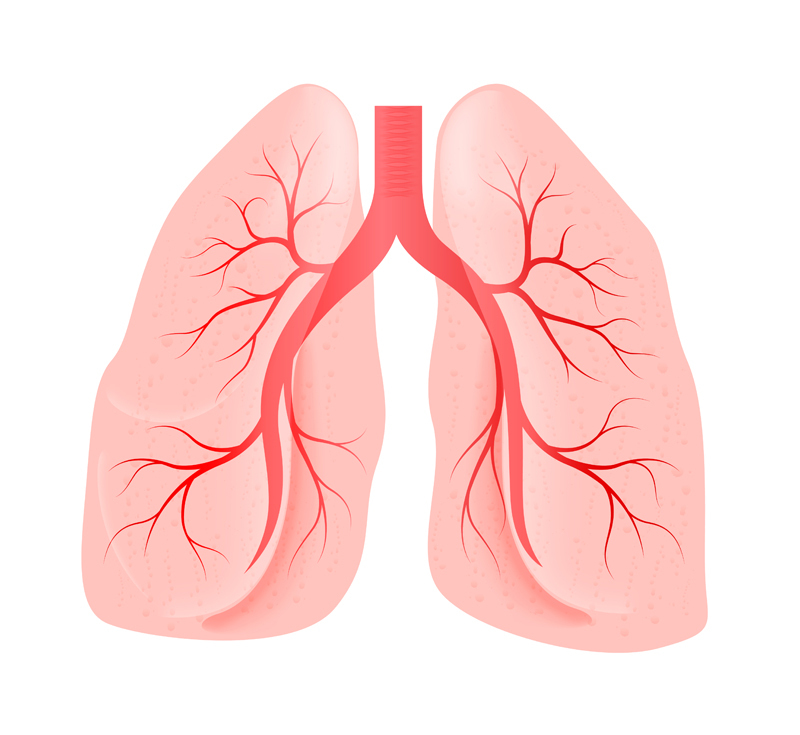Age and Gender Seen as Potential Drivers of PAH in People with Systemic Sclerosis

Several factors may help predict the development of pulmonary arterial hypertension (PAH) in patients with systemic sclerosis (SSc), like older age and, for women, the drop in estrogen brought on by menopause, researchers report. Given that PAH is one of the main causes of mortality among SSc patients, their study raises the possibility of screening patients in time to recognize the disease early and begin treatment.
The study, “Risk Factors For Development Of Pulmonary Arterial Hypertension In Australian Systemic Sclerosis Patients: Results From A Large Multicenter Cohort Study,” was published in the journal BMC Pulmonary Medicine.
SSc is a multisystem autoimmune disease characterized by the development of fibrosis in the skin and internal organs, blood vessel anomalies, and a dysregulated immune system. Depending on the degree of skin fibrosis, patients can have either a limited (lcSSc) or diffuse cutaneous (dcSSc) form of this disease. Serious cardiorespiratory complications, namely PAH and interstitial lung disease (ILD), are common, but their diagnosis is not easy.
“The difficulty with diagnosing SSc-PAH is that the clinical manifestations are non-specific,” the authors wrote. “Early in the disease process, patients may remain asymptomatic. Later, they may complain of lethargy, fatigue, exertional dyspnoea and/or symptoms of right heart failure, by which time PAH is likely to be moderate to severe, with an average three-year survival of 40–50%.”
Yearly screening programs that might detect PAH “in its early phases have been recommended for all patients with SSc, to enable an earlier diagnosis of PAH and early commencement of aggressive therapy with the goal of prolonging life years and improving quality of life … these screening programs have been shown to be cost effective.”
To determine the incidence, prevalence and clinical risk factors for PAH development in SSc patients, researchers analyzed a group of 1,579 SSc patients (older than age 18) in Australia, including 132 patients (8.4 percent) with a PAH diagnosis arrived at through right heart catheterization [a mean pulmonary arterial pressure (mPAP) above 25 and pulmonary artery wedge pressure (PAWP) below 15 mmHg at rest]. Patients were then divided into two categories: SSc patients with PAH and those without a PAH diagnosis.
Patients with SSc-PAH had significantly lower scores in all domains of a questionnaire aimed at evaluating quality of life, the Medical Outcomes Study Short form-36 (SF-36 form), compared with SSc patients without PAH.
The risk of PAH was also seen to be two times higher in SSc patients over age 60 than in younger patients, probably due to progressive blood vessel anomalies associated with longer disease duration and increasing age. Postmenopausal women with SSc also had a higher incidence of PAH, which may be related with lower estrogen levels and the loss of the hormone’s protective effect on blood vessels. These results suggest that both age and gender may help predict the incidence of PAH due to blood vessel dysfunction.
Several other clinical risk factors were identified. In particular, in terms of SSc subtype, the presence of calcinosis (formation of calcium deposits), sicca symptoms (dry mouth or dry eyes), and presence of finger ulcers were predictive of PAH in patients with lcSSc, whereas esophageal stricture (narrowing or tightening of the esophagus) and increased levels of anticentromere antibody (ACA; an auto-immune protein associated with SSc) were predictive of PAH in dcSSc. In both groups, mild ILD was associated with PAH, suggesting that common pathological mechanisms may underlie both diseases.
“With the advent of potent pulmonary vasodilators and their associated impact on patients’ symptoms, quality of life and survival, it is imperative that we begin to detect PAH in its early stages to optimise care,” the researchers concluded. “Whilst not a screening or diagnostic model, these models help to identify a subset of patients at an appreciably higher risk of developing PAH, who should be screened and would in future benefit from preventative therapies when these become available.”







